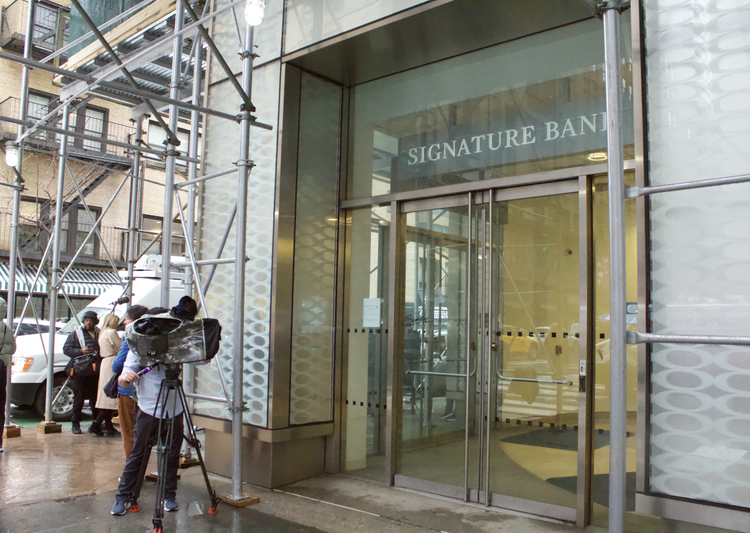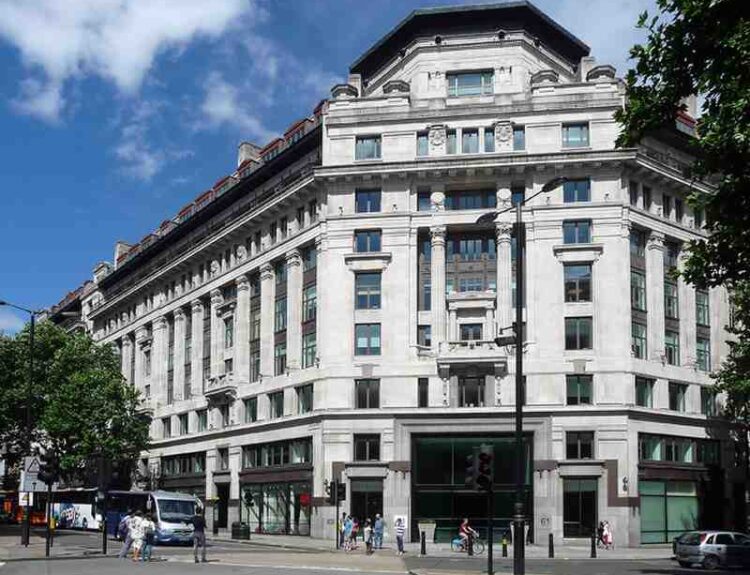Ground testing on Starliner’s thruster system could start as soon as today (July 2)
- Boeing’s Starliner capsule is performing well on its first-ever astronaut mission
- Starliner will likely be able to stay in orbit beyond the initially envisioned 45-day limit
- Testing and analyses are being conducted to understand the issues with Starliner’s thrusters and helium leaks
- Ground testing on Starliner’s thruster system could start soon
- The extra time in orbit will help in understanding how to proceed for future missions
Boeing’s Starliner capsule is performing well on its first-ever astronaut mission, and NASA has announced that it will likely be able to stay in orbit beyond the initially envisioned 45-day limit. The spacecraft is currently docked at the International Space Station (ISS) on an indefinite mission extension. However, there have been some issues with Starliner’s reaction control system (RCS) thrusters and helium leaks, which NASA and Boeing are working to understand. Testing and analyses are being conducted, including ground testing on the thruster system. The extra time in orbit will allow teams to take their time in understanding how to proceed, which will be crucial for future missions. NASA has stated that Starliner needs to stay docked for more than 45 days to give ground teams enough time for testing. The good news is that the spacecraft is in good shape and can potentially stay in orbit for much longer. This mission, called Crew Flight Test (CFT), was originally supposed to last about 10 days but has been extended due to the need for further testing. The current focus is on the performance of the battery in flight, which has shown no degradation so far. The astronauts on board, Butch Wilmore and Suni Williams, are supporting the ISS astronauts on other tasks while waiting for the results of the ground testing. Overall, the mission is progressing well, and the extended time in orbit will provide valuable insights for future missions.·
Factuality Level: 7
Factuality Justification: The article provides detailed information about Boeing’s Starliner capsule and its current mission status, including technical issues encountered and steps being taken to address them. The information is presented objectively without sensationalism or bias. However, some details may be tangential to the main topic, such as the background information on NASA’s Commercial Crew Program and comparisons with SpaceX’s Crew Dragon capsule.·
Noise Level: 3
Noise Justification: The article provides detailed information about Boeing’s Starliner capsule and its first-ever astronaut mission, including technical issues encountered and the extension of the mission. It includes quotes from NASA officials and astronauts, as well as comparisons with SpaceX’s Crew Dragon. However, some repetitive information and unnecessary details lower the overall rating.·
Public Companies: Boeing (BA), SpaceX (Private)
Key People: Steve Stich (Manager of NASA’s Commercial Crew Program), Butch Wilmore (NASA astronaut), Suni Williams (NASA astronaut), Elon Musk (CEO of SpaceX)
Financial Relevance: No
Financial Markets Impacted: No
Financial Rating Justification: The article primarily discusses technical issues with Boeing’s Starliner capsule during its first-ever astronaut mission and does not directly impact financial markets or companies.
Presence Of Extreme Event: No
Nature Of Extreme Event: No
Impact Rating Of The Extreme Event: No
Extreme Rating Justification: null·
 www.space.com
www.space.com 





